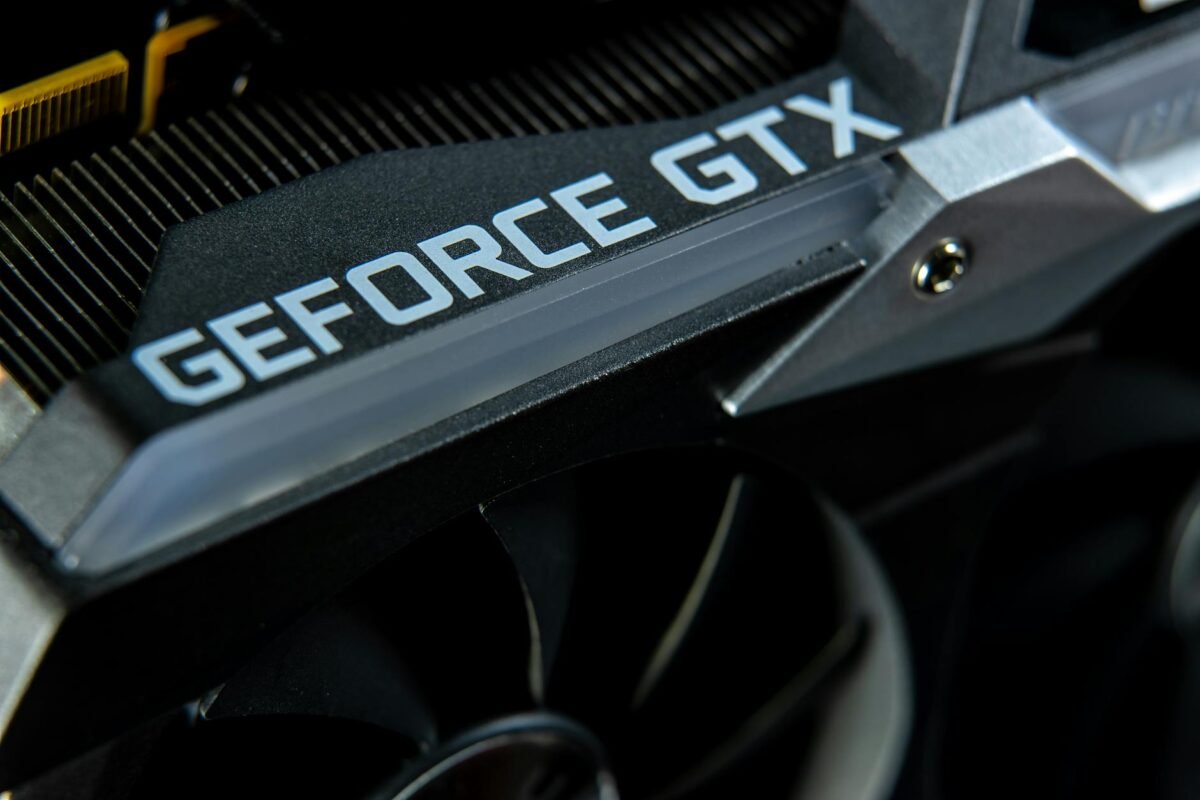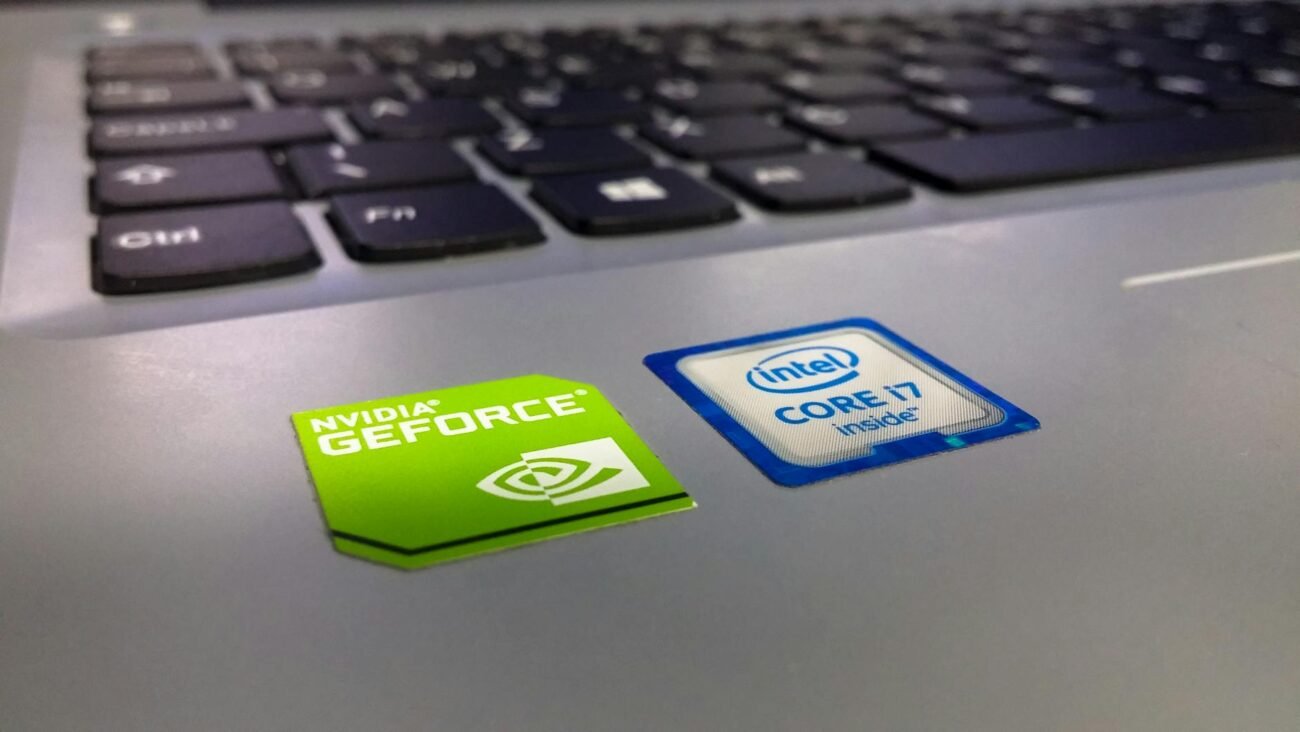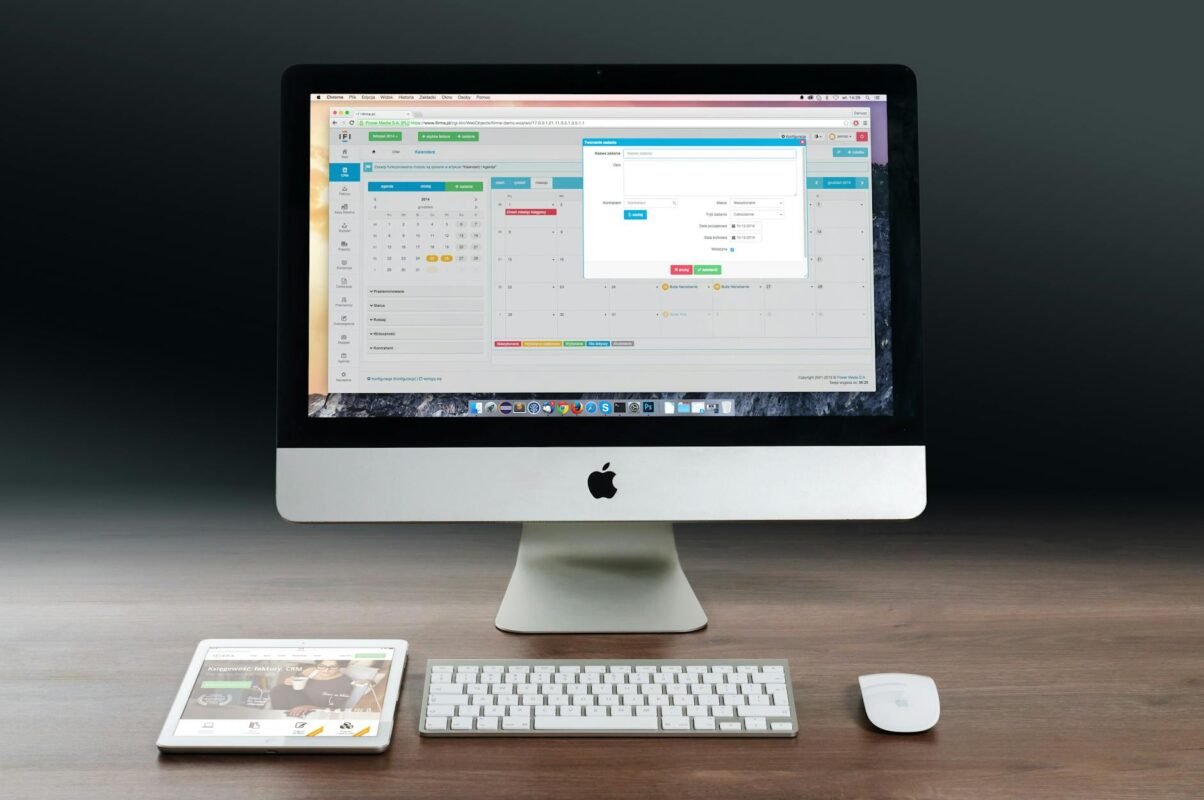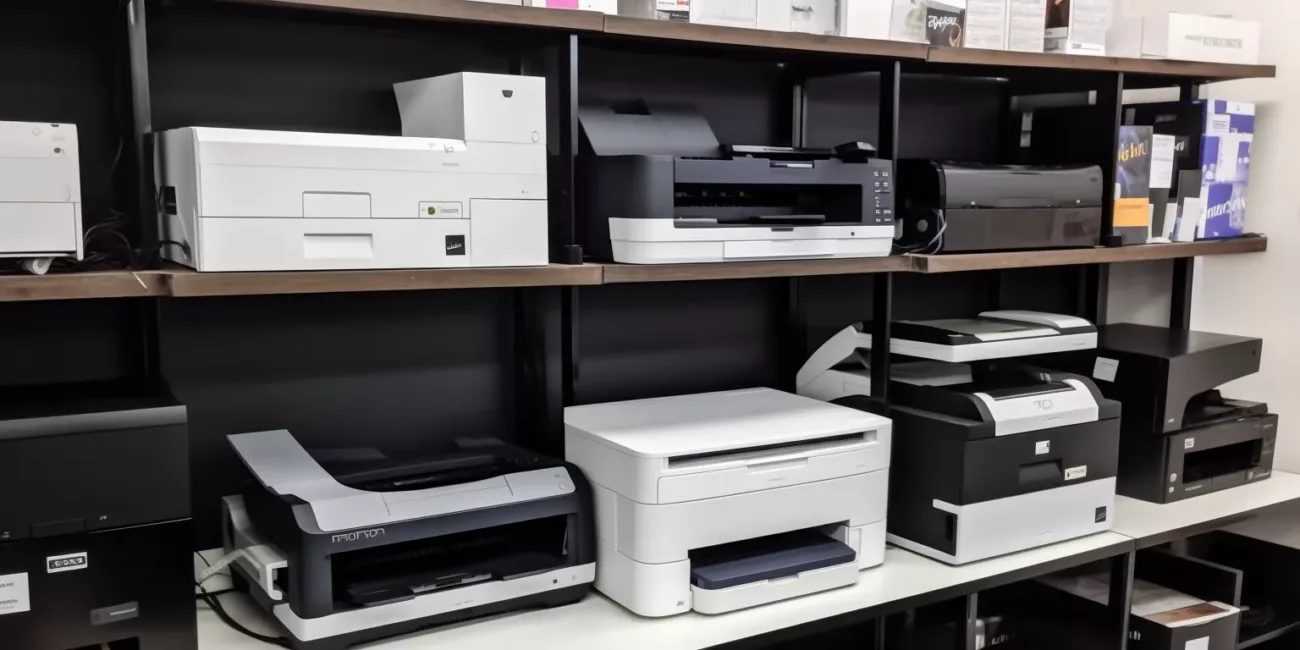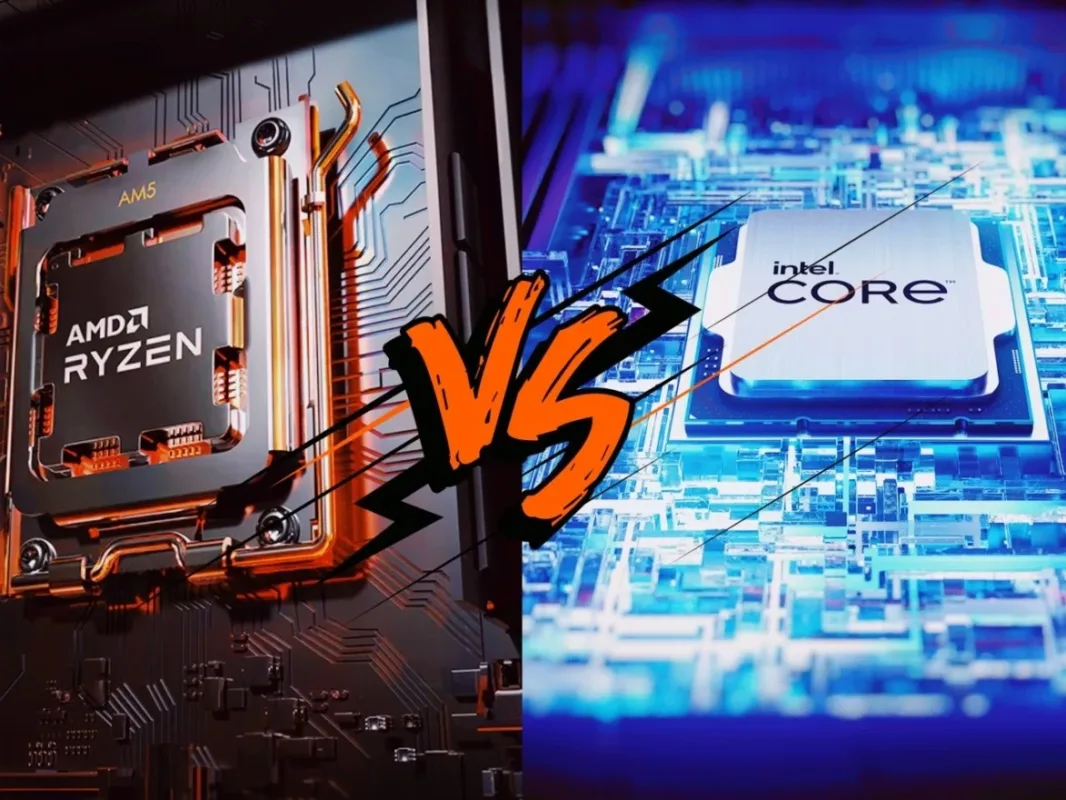1. Assess Your Printing Needs:
Before diving into the world of printers, consider your printing requirements. Do you primarily need to print documents, photos, or both? How frequently do you print, and in what volume? Understanding your printing needs will help narrow down your options.
2. Printer Type:
There are several types of printers to choose from, each catering to different needs:
Inkjet Printers: Ideal for printing high-quality photos and graphics.
Laser Printers: Best suited for high-volume document printing in black and white or color.
All-in-One Printers: Combine printing, scanning, copying, and sometimes faxing capabilities in a single device, offering versatility and space-saving benefits.
3. Print Quality:
Consider the print quality offered by the printer. Look for models that deliver crisp text and vibrant colors for photos, especially if you have specific printing requirements for your home or business.
4. Printing Speed:
If speed is essential for your workflow, pay attention to the printer’s printing speed, measured in pages per minute (ppm) for documents and images per minute (ipm) for photos.
5. Connectivity Options:
Choose a printer with connectivity options that suit your needs:
USB: For direct connection to a computer.
Wi-Fi: Enables wireless printing from multiple devices within your home or office network.
Ethernet: Ideal for networked office environments.
Cloud Printing: Allows printing from anywhere with an internet connection, convenient for remote work or on-the-go printing.
6. Paper Handling:
Consider the printer’s paper handling capabilities, including paper size compatibility and tray capacity. If you frequently print on different paper sizes or types, opt for a printer with versatile paper handling features.
7. Cost of Consumables:
Take into account the ongoing cost of consumables, such as ink or toner cartridges and paper. Some printers may have lower upfront costs but higher consumable expenses over time, so weigh your options carefully.
8. Printer Size and Design:
Consider the physical dimensions of the printer and whether it fits within your available space. Additionally, choose a design that complements your home or office aesthetics.
9. Brand Reputation and Support:
Research printer brands known for reliability, customer support, and the availability of replacement parts and consumables. Read reviews from other users to gauge the overall satisfaction with the printer model you’re considering.
10. Warranty and Support:
Ensure the printer comes with a warranty and reliable customer support to address any issues that may arise after purchase.


